Paving the Pathway to Diversity in STEM: Recent Updates and Recommendations, writes Astha Singh
In a recent landmark report titled “Pathway to Diversity in STEM Review,” the Australian Federal Government has outlined comprehensive recommendations aimed at enhancing diversity and inclusion within the STEM fields across the nation. This report, published by the Department of Industry, Science, and Resources, underscores the critical need for stronger leadership, coordination, and systematic changes to drive faster and more ambitious progress in this area. Here, we delve into the key findings and recommendations of the report, shedding light on the current state of diversity in STEM in Australia and the path forward.
Key Findings of the Report
The “Pathway to Diversity in STEM Review” found that while there are numerous initiatives aimed at increasing diversity in STEM, there is a lack of a central coordinating body to bring these efforts together, identify gaps, and measure effectiveness. The report emphasizes the necessity of a unified strategy to enhance diversity and inclusion in STEM education and employment.
Recommendations for Structural and Cultural Change
The report presents 11 detailed recommendations designed to create both structural and cultural changes in Australia’s STEM system. These recommendations include:
-
Whole-of-Government Strategy: A long-term, whole-of-government strategy to increase diversity and inclusion in STEM, supported by a dedicated advisory council and government resources.
-
Diversity Programs: Establishing a suite of diversity in STEM programs, including changes to the current Women in STEM program suite and the creation of new programs targeting barriers faced by underrepresented cohorts.
-
Eliminating Discrimination: Every Australian organization employing STEM workers should commit to eliminating bullying, harassment, and discrimination, including racism.
-
Plans for Inclusion: Organizations should adopt, publish, and implement plans to increase the attraction, retention, and promotion of underrepresented groups.
-
Safer Workplaces: The government should make STEM workplaces safer and more inclusive by changing grant and procurement processes, providing guidance for implementation, and possibly introducing new legislation.
-
Migration System Focus: Implementing strategies in response to the 2023 Review of the Migration System with a focus on STEM.
-
Improving STEM Participation in Schools: Working with states and territories to enhance participation and achievement in STEM subjects in schools.
-
Supporting Educators: Preparing and supporting educators to teach STEM in ways responsive to diverse cohorts.
-
Tertiary Education Reforms: Ensuring national tertiary education reforms increase access, participation, and attainment of underrepresented groups in STEM education.
-
First Nations Knowledge: Preferencing First Nations scientists for funding projects involving First Nations Knowledges and developing ways to integrate these knowledges into the broader scientific and research systems.
-
Communication and Outreach: Developing a strategy to increase awareness, visibility, and the importance of diversity in STEM, emphasizing the potential for careers in these fields.
The Investment Gap
A report by The Girl Geek Academy, titled “Enough Talk,” highlights a critical issue: the significant lack of government investment in gender diversity in STEM. The Federal Government’s annual allocation of around $13 million into gender inequality in STEM is deemed insufficient. Spread across three years, this amounts to just $4.3 million annually, or approximately $806,000 per STEM field per year. This level of funding is far from adequate to tackle the pervasive gender equity issues in technology and other STEM areas.
Current State of Gender Diversity in STEM
The report underscores the stark reality of gender diversity in STEM:
- University Enrolments: Women make up only 36% of enrolments in university STEM courses.
- Workforce Representation: Only 12% of tech engineers are women.
- Workplace Discrimination: Nearly two-thirds (64%) of women in tech experience some form of discrimination at work.
These statistics paint a concerning picture of the gender imbalance in STEM fields and highlight the need for substantial investment and structural changes.
Economic Benefits of Diversity
Promoting gender diversity in STEM is not just an ethical imperative; it also offers significant economic benefits. A Deloitte report on digital entrepreneurship of Australian women found a $1 billion return from targeted investments in tech-based startups led by women. Additionally, companies in the top 25% for gender diversity are 21% more likely to be profitable and 27% more likely to be creative.
Grassroots Initiatives Making a Difference
Despite the challenges, there are promising grassroots initiatives aimed at fostering diversity in STEM. One such initiative is the BrainSTEM grant, which enables ACS to provide opportunities for 120 high school girls, along with 30 mentors and teachers, to participate in STEM mentoring programs. This program, supported by a Federal Government grant, runs from August to November and offers several engagement and learning opportunities to inspire young women to pursue careers in STEM.
Summarising as above
The “Pathway to Diversity in STEM Review” offers a comprehensive roadmap for enhancing diversity and inclusion in Australia’s STEM fields. By implementing these recommendations, the government, industry, and educational institutions can work together to create a more equitable and dynamic STEM community. This effort is not just about meeting workforce needs but about unlocking the full potential of all individuals who are passionate about science, technology, engineering, and mathematics.
For more information, you can read the full “Pathway to Diversity in STEM Review” report here.
Stay tuned for more updates and initiatives as we continue to work towards a more inclusive and diverse STEM landscape in Australia.
